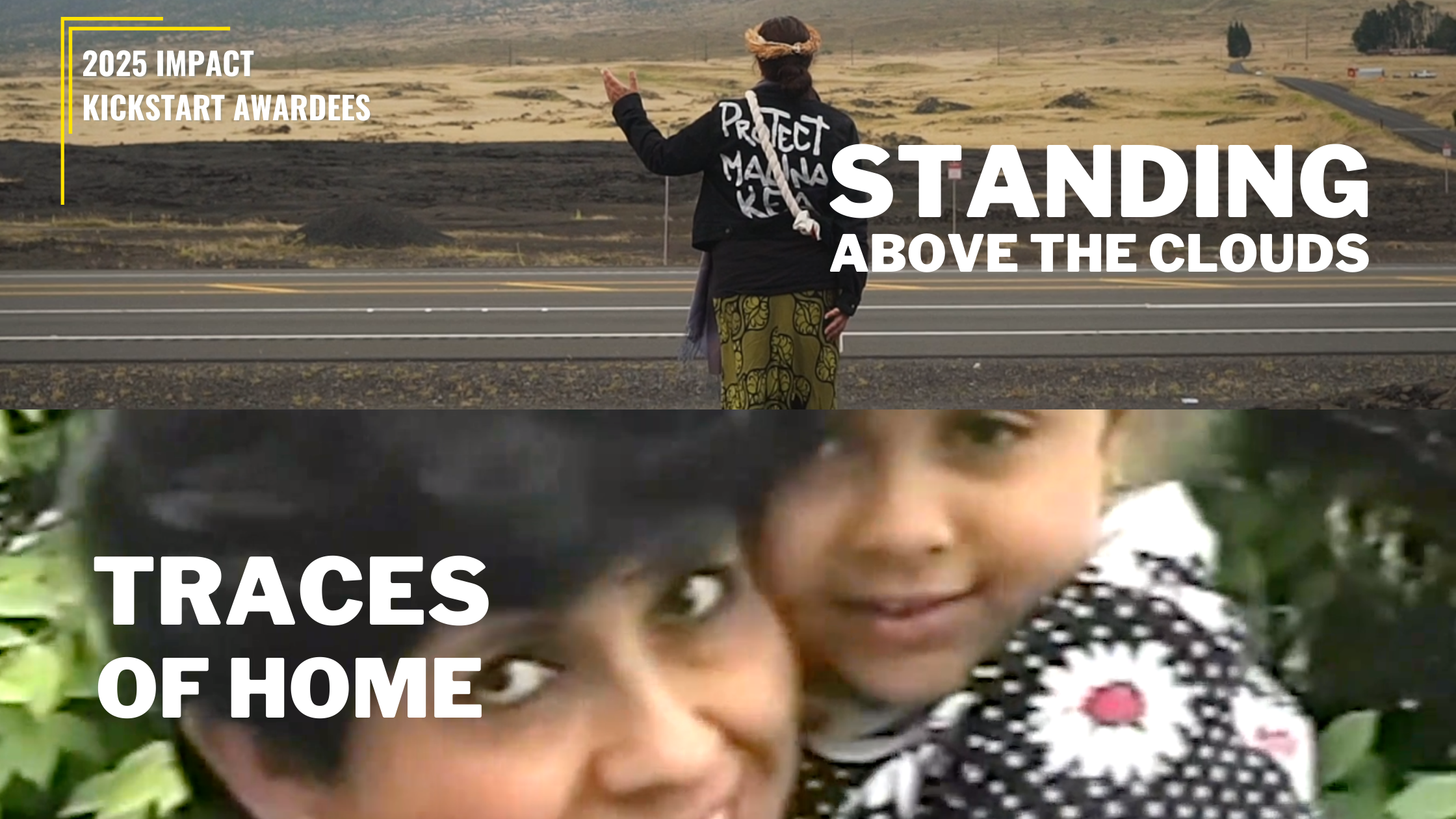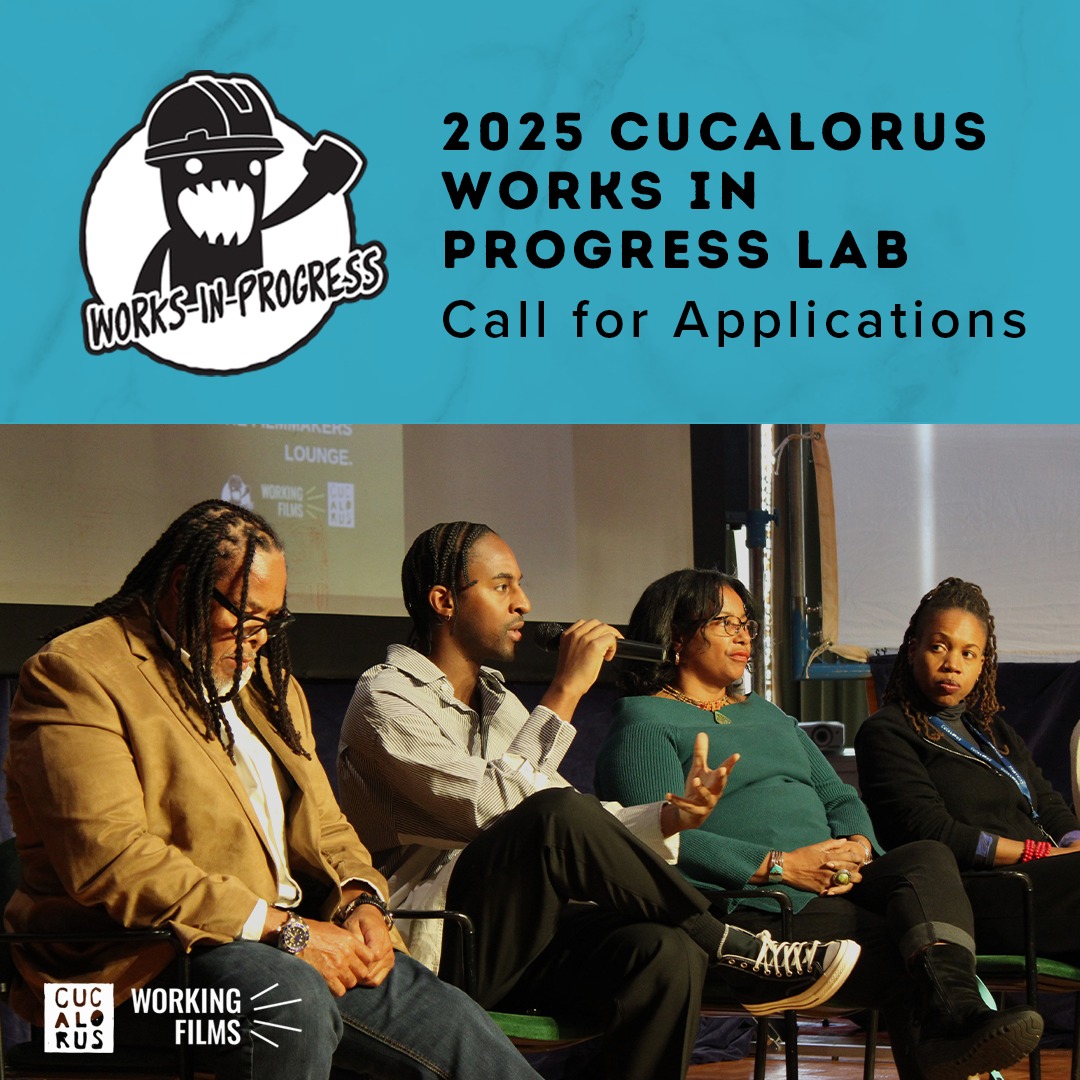On February 10th, we organized a screening of Dirty Business in Chicago with The Environmental Justice Alliance of Greater Southeast Chicago and The Center for investigative Reporting. Director Peter Bull attended and hosted the Q&A after the film. Below is his recap of the event:
I was invited out to Chicago’s Southeast Side to do a Q&A after a screening of Dirty Business, hosted by a coalition of local environmental and faith groups who are trying to shut down two outmoded, badly-polluting old coal-fired power plants in the Pilsen and Little Village neighborhoods and also put a stop to plans to build a coal gasification plant in the already heavily-polluted Southeast Side.

There was a really impressive turnout for the film – especially on a cold and snowy night. A mix of 60 or so young and old, the audience and context couldn’t have been a better ‘fit’ for the film. Screened in a converted old union hall in an industrial working class neighborhood where most of the manufacturing jobs have disappeared, residents here suffer above normal rates of asthma, heart disease and premature death attributable in large part to the coal plants’ emissions and those of the vast BP refinery just next door across the Indiana state line. The air in this neighborhood has the distinction of containing Illinois’ highest levels of toxic heavy metals, chromium and cadmium, as well as sulfates, which can trigger asthma attacks and increase the risk of heart disease.
The Q & A session lasted a good 45 minutes with intelligent, provocative questions coming from engaged students, concerned parents and retirees alike. Particularly troubling to me was hearing reports of the claims being made on behalf of the proposed coal gasification plant.
If the Sierra Club’s figures are correct, the $3 billion Southside Chicago Synthetic Natural Gas (SNG) plant proposed by New York-based developer Leucadia National Corp. will potentially add some 6,100,000 tons of new carbon dioxide (CO2) pollution every year: 3,600,00 tons of the greenhouse gas created in the process wherein coal and petroleum coke from refinery waste is chemically gasified, creating 43.5 billion cubic feet/yr of SNG, which is then burned by end users (natural gas power plants, business and manufacturing and residences), creating over 2,500,00 tons of additional CO2.

Leucadia, however, claims they will be capturing and sequestering 85% of the plant’s carbon dioxide emissions. (In fact, Governor Pat Quinn signed a bill last July mandating that figure as a condition; failure will result in the company facing $20 million in fines.) I’m extremely skeptical about that figure – to my knowledge, no commercial facility has ever demonstrated that ability.
(West Virginia’s pilot ‘clean coal’ Mountaineer plant that stopped capturing CO2 recently because it was economically unfeasible was only capturing some 1% of its
emissions.) Meanwhile, Leucadia has yet to obtain permission to add pollution to this crowded industrial area in Chicago, and has yet to locate a buyer for its carbon dioxide emissions.
If plans for the gasification plant do go forward, though, the biggest impact on Southeast Side residents will come from the endless coal trains that will be feeding the plant. So-called ‘clean coal’ plants that employ carbon capture and storage technology are expected to need some 30% of the plant’s energy to capture, or filter out, the CO2 gases – which means they will require some 30% more coal than a traditional power plant. That coal gets shipped in open cars and dumped in huge piles next to the tracks that crisscross this area adjoining the toxic Calumet River, which I was told then sends huge plumes of coal dust over the housing developments and elementary and junior high schools on the other side of the tracks whenever the wind picks up.

In the afternoon before the screening I was given a sobering tour of the area by Tom Shepherd of the Southeast Environmental Task Force. He pointed out the huge piles of coal, now incongruously white with a coating of snow, and then pointed across the river to similar-looking piles of rock salt. The salt piles had tarps tightly fastened on top of them; the coal piles were open to the elements. If Leucadia gets approved, those piles are going to get a lot bigger – and so are Southeast Side residents’ asthma and other respiratory disease statistics.
Thanks to the groups who hosted the screening, and all best wishes for their efforts in aiding & educating their community: The Environmental Justice Alliance of Greater Southeast Chicago; the Southeast Environmental Task Force; Sierra Club; People for Community Recovery; New 10th Ward Community Service Organization; Centro Communitario Juan Diego; Eastside United Methodist Church; The Zone; the Illinois Environmental Council; and the Little Village Environmental Justice Organization.





